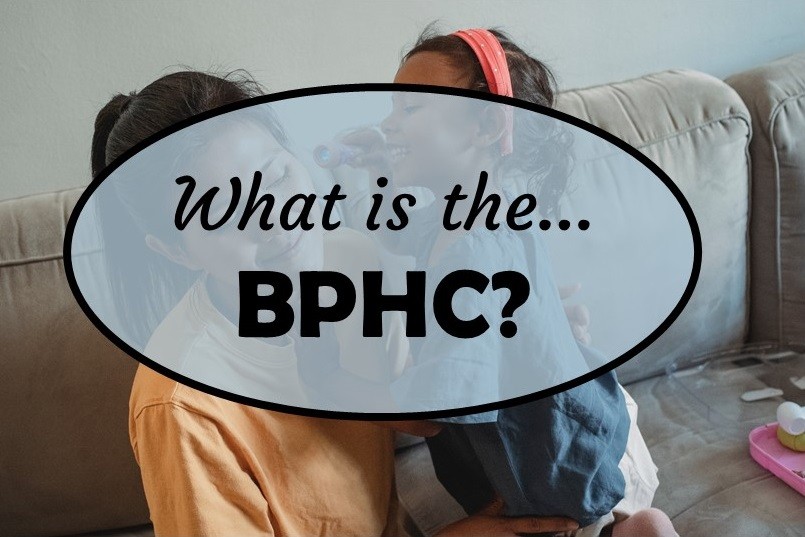Looking for a SAS-R integration example that uses the best of both worlds? I show you a use-case where I was in a hurry, and did transformation in R with the analysis in SAS!
Author Archives: Monika Wahi
Want to get started learning about SAS macros? This blog post provides SAS macros for beginners with video tutorials to walk beginners and code newbies through the basic steps!
Want to compare multiple rankings on two competing items – like hotels, restaurants, or colleges? I show you an example of using a dumbbell plot for comparison in R with the ggalt package for this exact use-case!
Watch a video of my presentation on data collection from chronic disease patients for healthcare quality control and quality improvement – and download the slides!
My answer to, “What is the DHHS?” is, “A failed department”, but it is important to examined exactly what they have failed at, and how.
You might wonder what CMS – the Centers for Medicare and Medicaid Services – actually does. This blog post provides an overview of CMS’s role and activity in the US healthcare system.
What is the CEPH, and how does it relate to the other organizations in US public health? This blog post explains the history and function of the CEPH, and how it connects to the rest of Big Public Health in the US.
Getting data for meta-analysis together can be challenging, so I walk you through the simple steps I take, starting with the scientific literature, and ending with a gorgeous and evidence-based Forrest plot!
The United States (US) Center for Disease Control and Prevention (CDC) was in the spotlight during the COVID-19 pandemic. But as I describe in this blog post, it is only as good as its director.
The United States (US) Bureau of Primary Healthcare (BPHC) is the federal agency that funds our safety net infrastructure serving patients who can’t get on Medicare or Medicaid. I explain how all that works, and the relationship of BPHC to the rest of the public health infrastructure.











